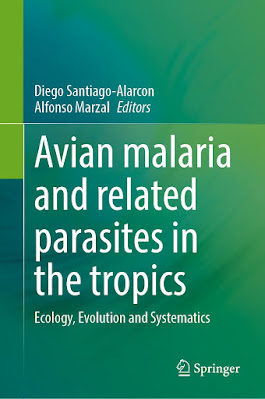Students interested in conducting undergraduate and graduate thesis research for Spring-Fall semesters 2023 feel free to contact me at: santiagoalarcon@usf.edu
The project aims to understand the succession and assembly process of avian malaria communities using long term research at the USF Forest Preserve, and across an urbanization gradient in the Tampa area.
For more information on the forest preserve visit: https://www.usf.edu/arts-sciences/departments/ib/research/forest-preserve.aspx
The main vertebrate group to study is birds and the parasites are the group of malarias and related haemosporidians (vector-borne blood parasites).
Students interested in conducting graduate work (M.Sc. and Ph.D.) please visit our graduate program web page at https://www.usf.edu/arts-sciences/departments/ib/graduate/index.aspx, so you can get all the information and see financial options (e.g., TAs, Fellowships).








